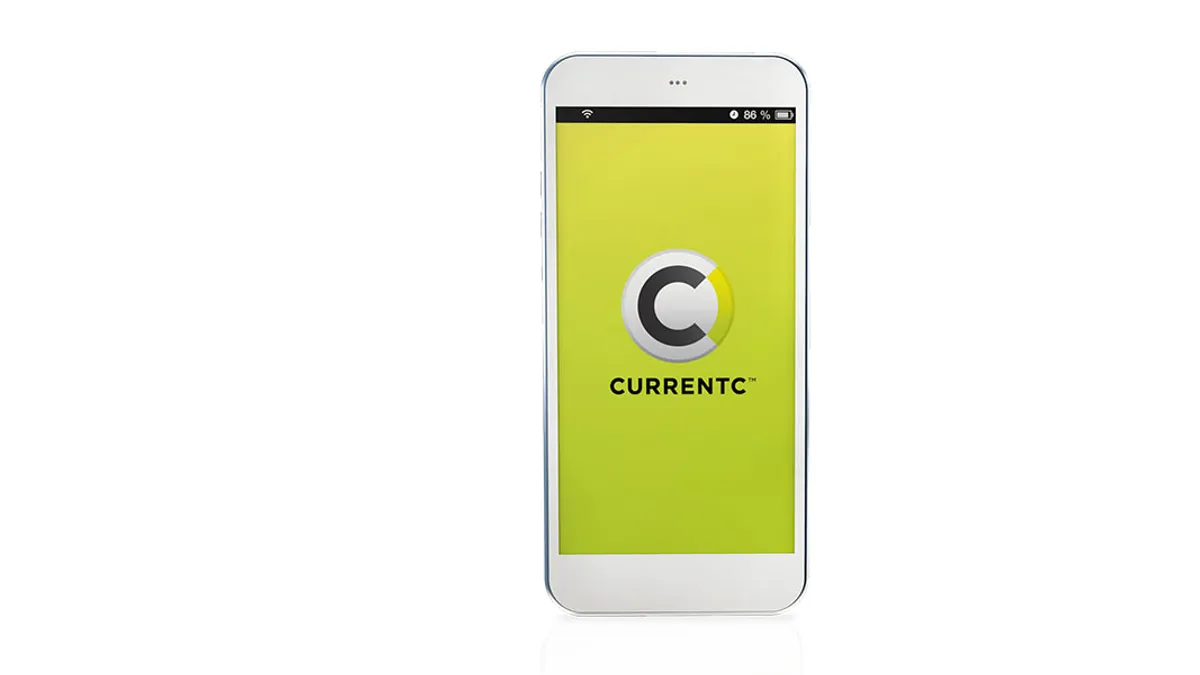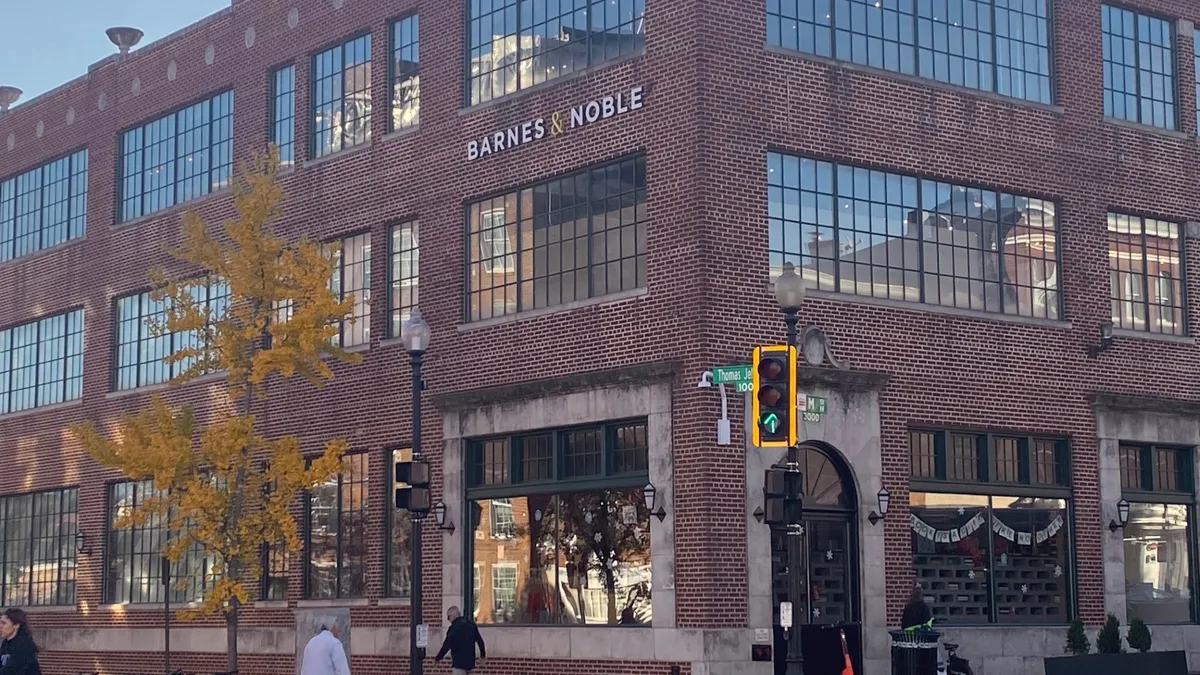There’s a new battle in the retail sphere.
In the days surrounding Apple Pay’s much anticipated October launch, Merchant Consumer Exchange (MCX), a competing consortium of high-profile retailers, announced that they would block the use of Near Field Communications technology in their stores. An obvious move to thwart Apple Pay, the group hopes that the decision will boost the yet-to-be-unveiled system CurrentC, which is being developed by the retailers themselves.
Yet, Apple CEO Tim Cook seemed unflustered by the news, calling it a "skirmish."
“We've got a lot more merchants to sign up," he said, "We've got a lot of banks to sign up and we've got the rest of the world.”
So why are retailers spurning the first mobile payment system that many experts say could finally lead to mass adoption of mobile payments and solve some data-security issues that have plagued retailers?
That question was already on many minds, but was soon overpowered by startling news: Just two days after that "skirmish," MCX confirmed it had already been hacked.
Retailers using CurrentC agreed to be exclusive
MCX was launched in 2011, led by Wal-Mart Stores Inc., expressly to develop a mobile payment product. That product is CurrentC, which will be available sometime next year. MCX is a coalition of more than 50 retailers, including (besides Wal-Mart), 7-Eleven, Inc. Best Buy, CVS, Rite Aid, Lowe’s, Michaels, Sears, Gap, and Target.
In September, Wal-Mart Stores and Best Buy announced they wouldn’t accept Apple Pay, and in October CVS and Rite Aid came along with a similar pronouncement.
The trouble at the moment for those retailers could be that they have agreed to accept no rival payment systems, according to reporting by the New York Times, whose sources said retailers face fines if they do. That story was widely picked up by other news outlets and mocked by news parody site The Onion.
“These retailers are in a real jam,” Karen Webster, chief executive of payments consultancy Market Platform Dynamics, told the New York Times. “The last thing merchants want is ticking off their consumers over payment.”
MCX later denied that it will fine retailers if they accept other mobile payment methods, but did acknowledge that in order to use CurrentC, a retailer must do so exclusively. According to reviews of CurrentC on the iTunes app store, many customers are miffed at the very idea of such limited choice. Walgreens for its part capitalized on that by letting customers know that when it comes to using Apple Pay, the "choice is theirs."
Bank fees vs consumer needs
While MCX has the word “customer” in the middle of its name, it's hardly been viewed as a customer-centric organization. Its CurrentC product has been designed to get away from something that has dogged the retail industry for years: fees from banks on credit card and debit card transactions.
Retailers have long resented the fees, and the fight has intensified since 2010’s Dodd-Frank banking law, which retailers expected would provide more relief than it has.
Retailers argue that their customers ultimately pay for these fees because they’re passed on in the form of higher prices. While that could be true to some extent, it’s not as simple as that. (For one thing, consumers these days are awfully good at wringing discounts and deals out of retailers.) When it comes to the MCX project, though, the focus on avoiding banking fees may have overly dominated the design of CurrentC’s payment system.
The system uses checking accounts or pre-loaded cash rather than credit cards — to avoid those hated bank fees — thereby limiting customers’ payment choices on their phones. So CurrentC dings consumer choice in two important ways: limiting payment options and limiting retailers.
The result? A not-so-user friendly payments app that testers also told TechCrunch is “creepy” (because, for some reason, it collects health data), and has terms of service that push liability for fraud onto the user.
The hack is an unmitigated disaster
There are few things worse for retailers these days than news of a hack. Meanwhile, security issues time and time again are cited by consumers as a major reason for their reluctance to adopt mobile payments.
The CurrentC hack was hardly the worst. Though MCX said it is still investigating the breach, it appears that only emails were accessed, and many were from dummy accounts at that. Still, what that means is that CurrentC was hacked before it even got off the ground.
Yes, retailers should accept, or at least consider, Apple Pay
The inward focus of CurrentC’s development could easily be the basis of its downfall. MCX CEO Dekkers Davidson already began walking back the company's opposition to NFC payment systems in an interview with the New York Times the day the hack was revealed.
That move seems inevitable, actually. Apple Pay, Google Wallet, and others, for that matter, use NFC systems that many retailers already have in place. (Remember, those eschewing Apple Pay, in fact, said they were disabling their NFC technology.) It stands to reason, especially with Apple Pay getting good reviews from users so far, that retailers with NFC should want to accommodate the customers who want to buy things with Apple Pay or Google Wallet. Yet right now, many can't (or won't).
Apple Pay isn’t perfect when it comes to privacy and it doesn’t yet have much of a track record on data security. Still, even in these early days it’s managed to beat CurrentC in that department. Having a point-of-sale system that consumers trust is something of a Holy Grail these days, and it's not to be taken lightly by brick-and-mortar stores. Retailers that don't accept Apple Pay should probably come to that decision through a thoughtful process, and not just to favor CurrentC.
Ultimately, refusing to take Apple Pay and other NFC-enabled mobile payments, if MCX-affiliated retailers stick to that, is likely to do retailers more harm than good.
“These retailers have the ability to accept Apple Pay, and are actively rejecting it,” writes Tony Bradley of Forbes. "That is a horrible strategy that will backfire, and give Apple Pay customers incentive to shop elsewhere.”






















